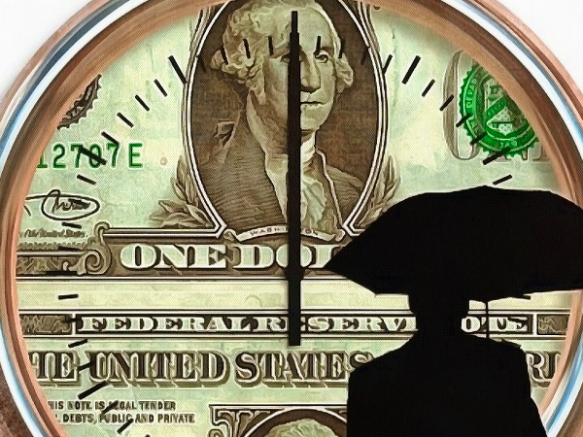Despite fears in 2008 that Quantitative Easing would debase the dollar, they were never realized. Here’s why one expert believes this time could be different.

In a recent analysis, FXEmpire’s Arkadiusz Sieron contrasted the financial crisis of 2008 to the one we are facing now, along with the Federal Reserve’s response to each, to see if a major spike in inflation could be around the corner. Despite prevalent fears in 2008 that the Fed-driven quantitative easing would debase the dollar or possibly even usher in hyperinflation, the greenback managed to stay afloat and maintain its position.
As Sieron points out, however, the nature of the previous crisis differed significantly from the pandemic’s post-effects. In 2008, banks were the primary beneficiary of the monetary stimulus, as the crisis was a financial one from the ground-up. The Fed printed bank reserves instead of actual money in order to stimulate banks, the former being a kind of inter-bank currency that allows banks to lend more.
To Sieron, it’s clear why the environment from 2008 didn’t result in inflation. Debtors were deleveraging on a great scale, even to the point of the growth value of credit supply going into negative territory for a while, as American households weren’t particularly keen on taking out loans. Having just been destabilized, the banks weren’t keen on acting as the creditors, either.
Now, the situation is a starkly different one. Besides the unprecedented scope of money printed into the economy, the main purpose of the stimulus is to boost various businesses that have suffered as a result of the crisis. As opposed to 2008, lenders are being encouraged to issue loans to a wide array of debtors, be they consumers, businesses or banks. The Term Asset-Backed Securities Loan Facility and the newly-created Main Street Lending Program are both meant to funnel money to a diverse array of clients in order to revitalize the economy.
The effects of these programs and the differing nature of the crises can already be observed. Demand for loans from business owners is soaring, and banks are being urged to meet it, as shown by the acceleration of the pace of growth of credit and money supply between January and April.
While Sieron doesn’t overly subscribe to the idea of hyperinflation, he points out that gold will nonetheless do well should a milder form of inflation grip the financial system. Stagflation, a combination of low growth and a spike in consumer prices, appears to be the most likely scenario, especially considering the contracting growth rate prior to the pandemic, and it is one in which gold has historically done well in. And, as has frequently been noted, the flip side is just as bullish for the metal, as a deflationary hit to the system would create another crisis and further demand for safe havens.
